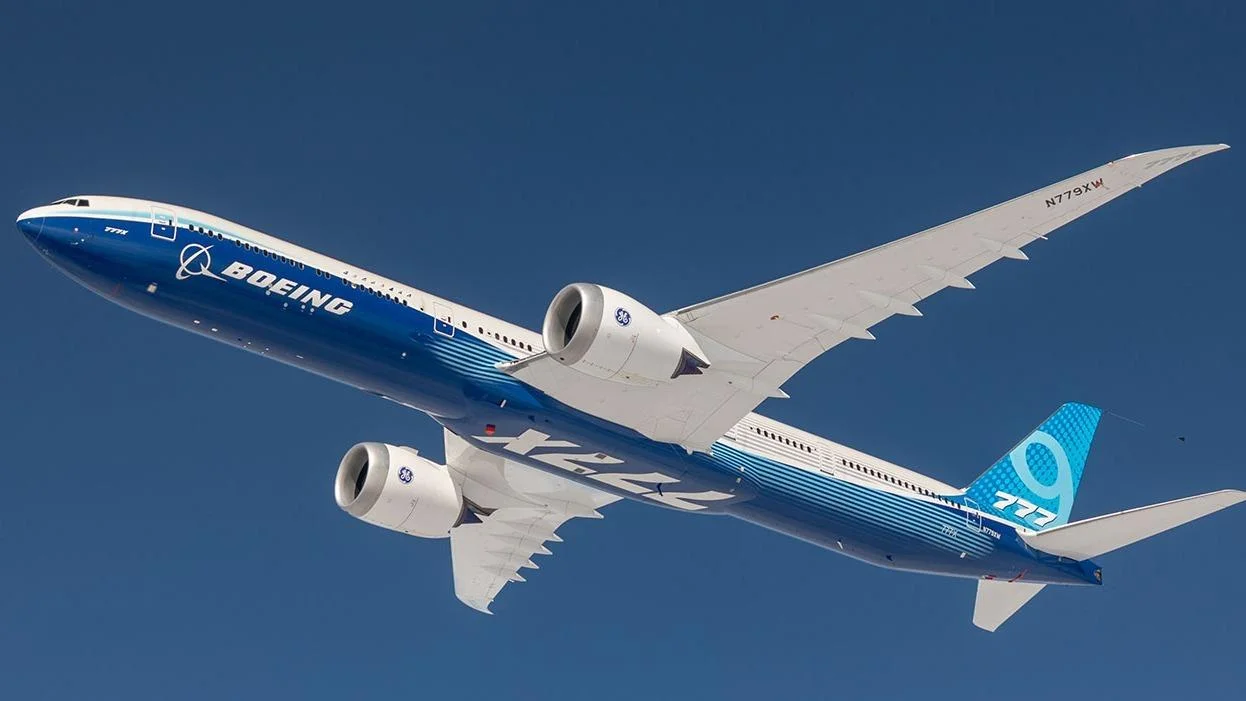Dallas Love Field Airport has undergone a significant transformation with the completion of the Crossfield Taxiway Program. The initiative aimed to enhance operational efficiency, boost safety, and prepare the airport for future growth. The project was a collaboration between the City of Dallas, engineering firm Garver, and program management consultants HNTB, leveraging federal funding to ease financial impacts.
The Crossfield Taxiway Program replaced an old midfield taxiway with two new taxiways perpendicular to the runways. According to Vincent Lewis, assistant director for capital and infrastructure development at the City of Dallas Department of Aviation, this reconfiguration simplifies aircraft movement and reduces taxi times, while also freeing up 14 acres for further infrastructure and commercial development.
Garver, responsible for the design and engineering, tackled logistical and operational challenges heightened by the COVID-19 pandemic. Mitchell McAnally, aviation regional leader at Garver, highlighted the use of digital tools for project management and the selection of an optimal layout that improved safety and efficiency. Throughout construction, HNTB managed project execution and coordination, as emphasized by program manager Justin Planasch.
 Alerts Sign-up
Alerts Sign-up





















